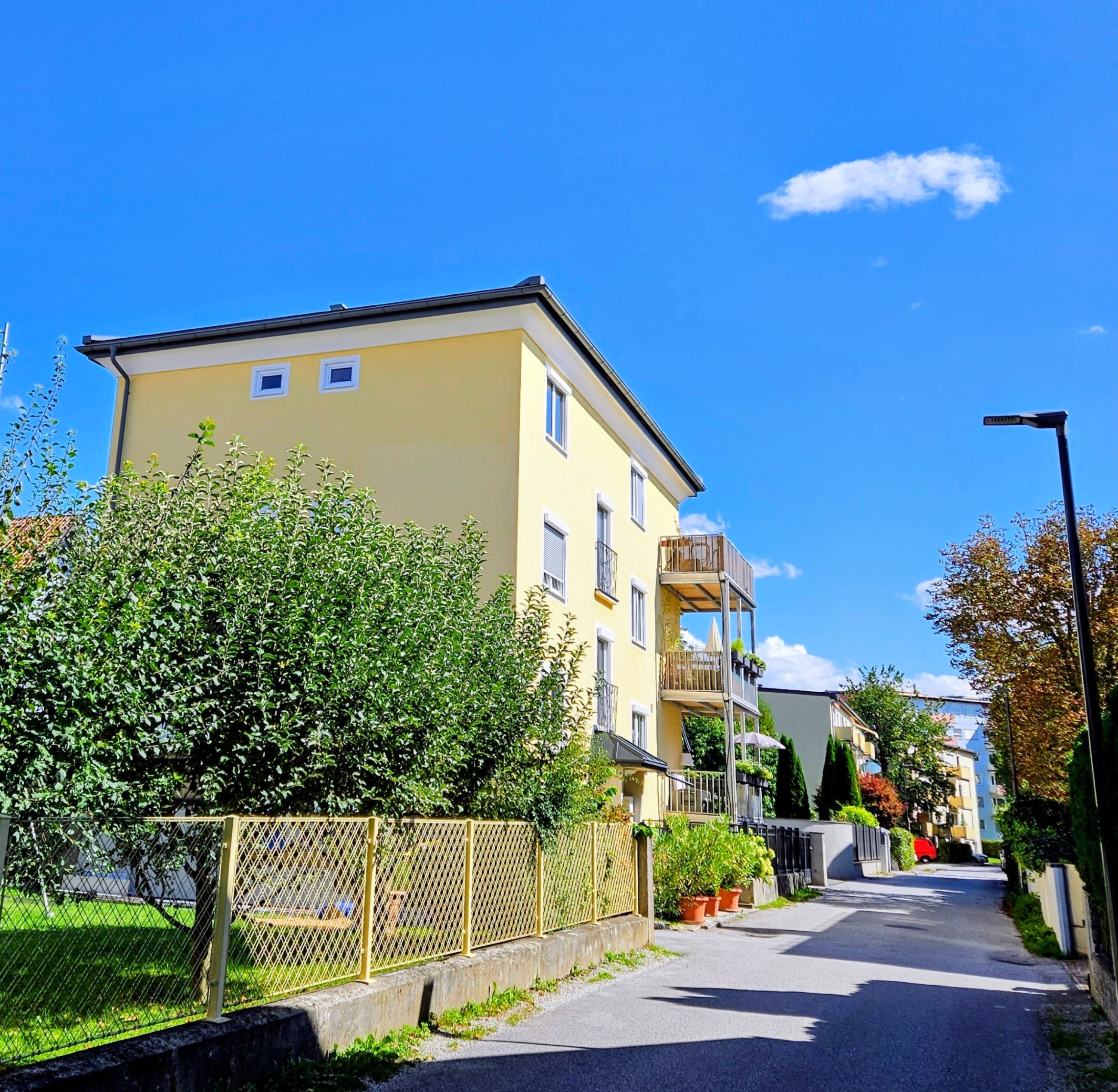Walter BITTNER was born in Salzburg on July 12, 1913 and was baptized in the Roman Catholic Church. He was the youngest of the three sons of Antonia Bittner, ne Storch, and Franz Bittner, a violinist, cathedral musician, and concertmaster in Salzburg.
In 1936 the 23-year-old Walter BITTNER completed his studies at the Vienna Academy of Fine Arts (where he studied with the prominent Austrian architect and stage designer Clemens Holzmeister) and was awarded a Diploma-Architect title [that is someone with a limited degree whose holder is not a fully licensed or registered architect but who is eligible to work in support roles within the industry].
In May 1938 Walter BITTNER got married. Anna and Walter BITTNER then took up residence in the Josefiau neighborhood of Salzburg. Walter BITTNER worked in the office of the architects Otto Reitter and Otto Strohmayr, who designed buildings for the Nazi regime.
At the beginning of 1942, Walter BITTNER was conscripted into the German Wehrmacht, he was recruited in Military District XVIII (Salzburg), trained in the Mountain Intelligence Department 95, and assigned to the 5th Mountain Division on the »Eastern Front« (Soviet Union).
In 1942 and 1943 the 5th Mountain Division, under the commend of Julius Ringel, took part in the Siege of Leningrad (now renamed Saint Petersburg). The blockade by German troops led to the deaths by starvation of an estimated 1.5 million civilian residents of Leningrad – a war crime.
In the spring of 1943, a report from the 5th Mountain Division about the death of Corporal Walter BITTNER was sent to Wehrmacht headquarters in Berlin, and from there to his relatives in Salzburg: »Suicide by shooting« on 26 February 1943 near Gory in Russia.
Walter BITTNER took his own life at the age of 29 during the hunger blockade of Leningrad. It is unknown whether or not he left any information about his motives.
In July 1943 his mother died of a stroke at the age of 56, while his widowed wife survived the years of terror in Salzburg.
Walter BITTNER, whose suicide ended his participation in the destruction of Leningrad, is one of the victims who wasn’t counted in the 1991 publication Dokumentation Widerstand und Verfolgung in Salzburg 1934-1945, and doesn’t appear in the Online-Databank of the Documentation Archive of the Austrian Resistance.
Sources
-
- Salzburg City- and State Archives Police Registration Files and Local Citizenship records
- Archive of the Salzburg Archdiocese: Birth reregistration books
- Court of the 5th Mountain Division: Report to the Wehrmacht Information Office in Berlin
Translation: Stan Nadel
Stumbling Stone
Laid 08.10.2025 at Salzburg, Mascagnigasse 19



